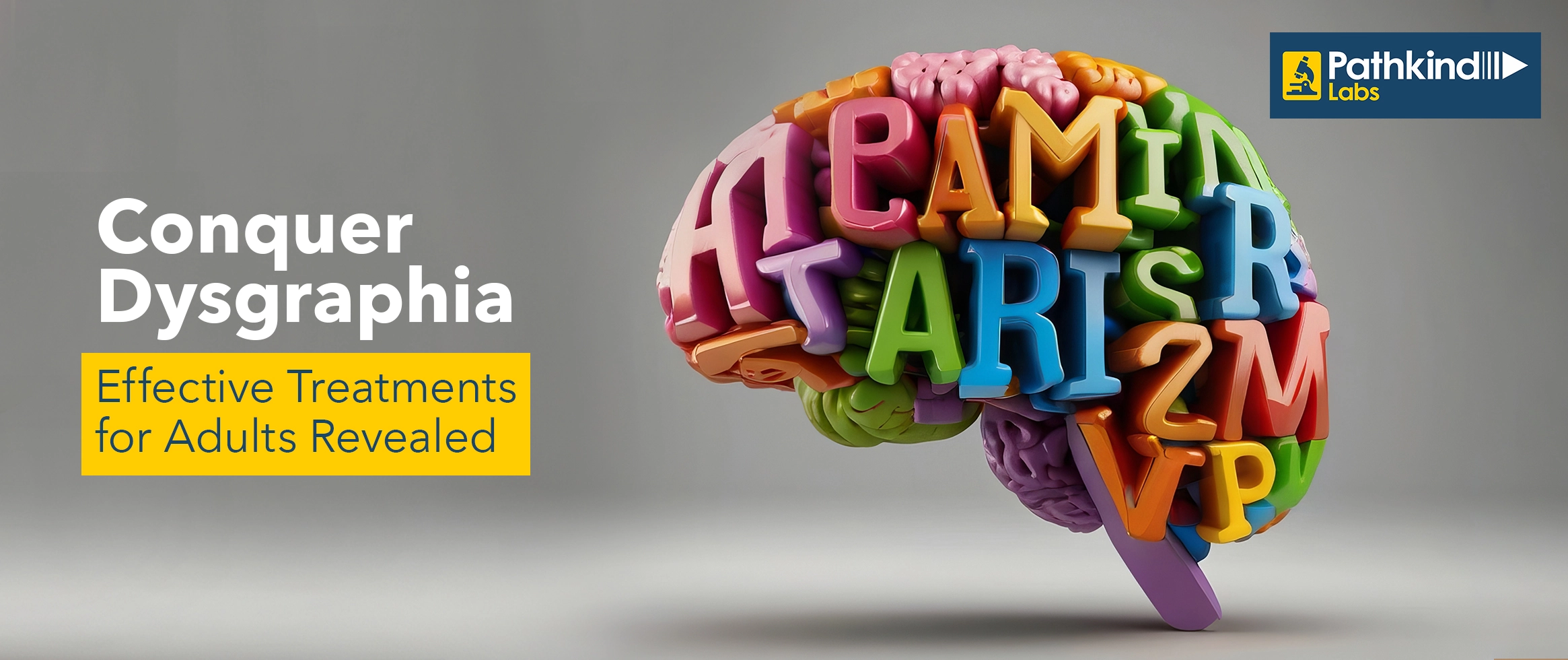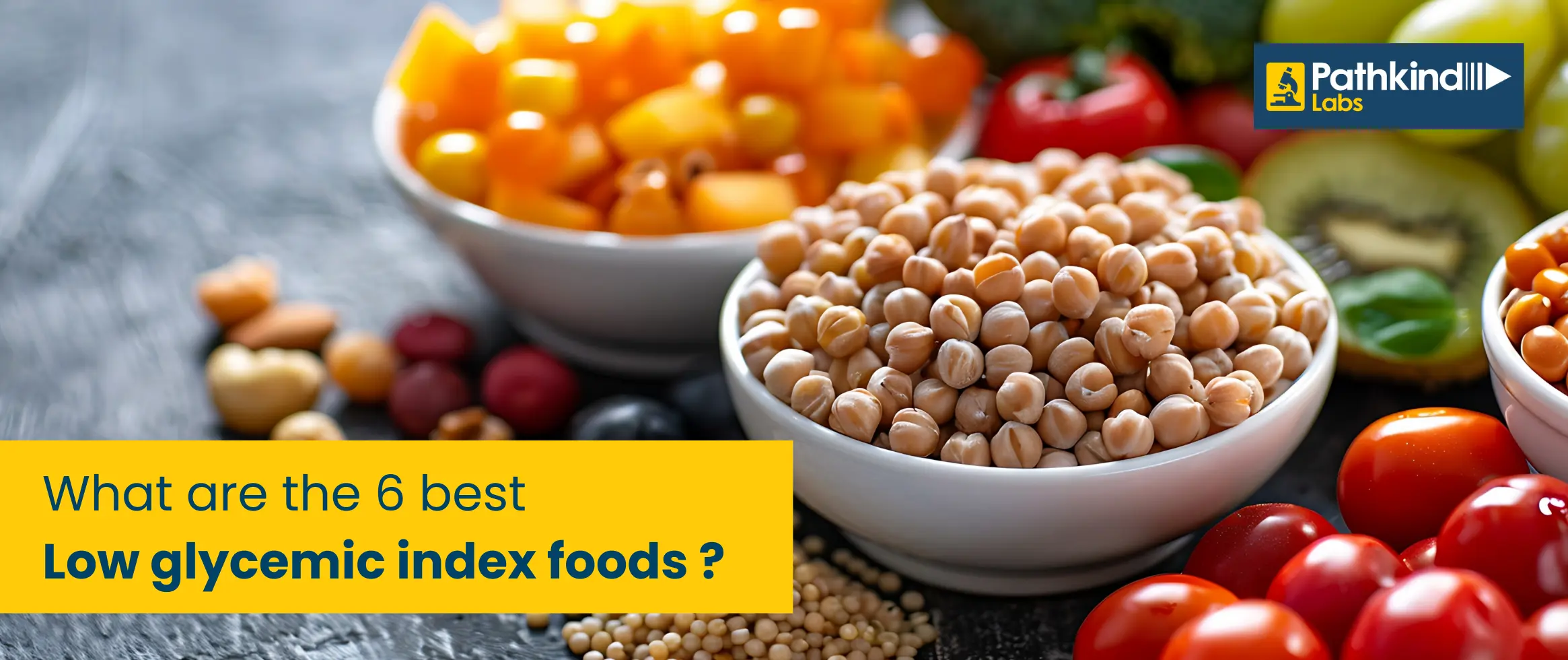A glucose tolerance test measures the body's response to glucose. It is used to screen for type 2 diabetes. This test identifies abnormalities in how your body handles glucose after a meal. Glucose is used by the body to supply energy to the cells. The food you eat is broken down by your body into glucose. A hormone called insulin helps bring the glucose from your bloodstream into your body's cells. When the pancreas can't produce enough insulin, you may need insulin injections to regulate and process glucose in the body. If your body can't produce enough insulin, it will increase blood glucose levels. High blood glucose can be a sign of diabetes or pre-diabetes.
What is a Glucose Tolerance Test (GTT-2)?
A glucose tolerance test measures the body's response to glucose. It is used to screen for type 2 diabetes. This test identifies abnormalities in how your body handles glucose after a meal. Glucose is used by the body to supply energy to the cells. The food you eat is broken down by your body into glucose. A hormone called insulin helps bring the glucose from your bloodstream into your body's cells. When the pancreas can't produce enough insulin, you may need insulin injections to regulate and process glucose in the body. If your body can't produce enough insulin, it will increase blood glucose levels. High blood glucose can be a sign of diabetes or pre-diabetes.
A glucose tolerance test can access how your body metabolizes glucose. This test can be used with other tests to confirm pre-diabetes and diabetes. Sometimes, the test is also used to detect acromegaly and reactive hypoglycemia.
What is the purpose of the Glucose Tolerance Test (GTT-2)?
The purpose of the glucose tolerance test is to check how well your body processes sugar. It compares the glucose level in the blood after and before having a sugary drink. In healthy individuals, blood glucose levels always rise after a meal, but as the glucose is stored or used up, they soon return to normal. A glucose tolerance test can be helpful in distinguishing between this normal pattern and the abnormal patterns seen in pre-diabetes and diabetes.
This test can also be used to detect gestational diabetes during pregnancy. The National Institute of Diabetes and Digestive and Kidney Diseases recommends that this test should be used for the diagnosis and screening of type 2 diabetes and impaired glucose tolerance.
What does the Glucose Tolerance Test Diagnose (GTT-2)?
The glucose tolerance test can be used to diagnose type 2 diabetes. This test can also be used for the diagnosis of the following conditions:
- Acromegaly (a disorder that occurs when your pituitary gland produces an excess amount of growth hormone during adulthood)
- Reactive hypoglycemia (low blood sugar usually within four hours of having a meal)
- Beta cell dysfunction( It occurs due to inadequate glucose sensing and leads to elevated glucose concentrations in the blood)
The glucose tolerance test can be used to diagnose impaired glucose tolerance or pre-diabetes. It is often ordered when a healthcare provider thinks you have diabetes, but your FPG (fasting Plasma Glucose) test is normal.
Why Do You Need a Glucose Tolerance Test (GTT-2)?
You need a glucose tolerance test to detect blood sugar problems at an early stage. The American College of Obstetricians and Gynecologists recommends all pregnant mothers undergo a glucose challenge test between 24 and 28 weeks of pregnancy to screen for gestational diabetes. If you test positive during this screening test, you may have to undergo the Glucose Tolerance Test to check whether you have diabetes. The healthcare provider may order this test if they suspect you have diabetes. You may have to undergo this test if you exhibit the following symptoms:
- Sudden weight loss.
- Frequent urination
- Ketones in the urine
- Tiredness and weakness
- Blurry vision
- Slow healing sores
- Infections, such as vaginal, skin, and gum infections.
- Having mood changes or feeling irritable.
Preparation and Procedure Required for the Glucose Tolerance Test (GTT-2)
If you're undergoing the glucose tolerance test, you should not restrict carbohydrate intake weeks before the test. You should also not undertake this test during an illness. A full adult dose is not recommended for a person weighing less than 42.6 kg, or else excessive glucose may lead to a false positive result. Usually, this test is performed in the early morning as glucose tolerance can exhibit a diurnal rhythm with a decrease in the afternoon. You should also fast for 8–12 hours before the tests. Medication such as large doses of anticonvulsants, diuretics, salicylates, and oral contraceptives can also lead to false or inaccurate glucose tolerance test results.
A glucose tolerance test is usually performed in the morning. The phlebotomist will clean the area from where the blood will be drawn with an antiseptic to reduce any chances of infection. They will insert a needle in the vein of your arm to draw a small amount of blood. You may experience slight discomfort when the needle comes out. Once the first blood sample is drawn, you will be instructed to drink a defined amount of glucose.
Adults are usually instructed to drink 75 grams of glucose. In children, the glucose amount is calculated based on their body weight. This drink tastes like a sugary soda. After drinking the glucose solution, the phlebotomist will draw blood many more times at regular intervals over the next three hours. You should not eat anything during this duration.
Understanding the Glucose Tolerance Test (GTT-2) Results
To understand the glucose tolerance test results, you must discuss them with your doctor. Your blood glucose level that has been measured two hours after you drink the glucose can be helpful in diagnosing pre-diabetes or diabetes. You can consider the following reference ranges for the two-hour value:
- Prediabetes: 140 to 199 mg/dL
- Normal: Under 140 mg/dL
- Diabetes: At or over 200 mg/dL
The doctor may not use this test alone to determine if you have diabetes. They will also consider whether you have signs or symptoms of diabetes and may even order a repeated glucose tolerance test to come to a final diagnosis.




 NABL approved
NABL approved  Most Trusted by
Most Trusted by  Accuracy &
Accuracy &  Widest Range
Widest Range 















